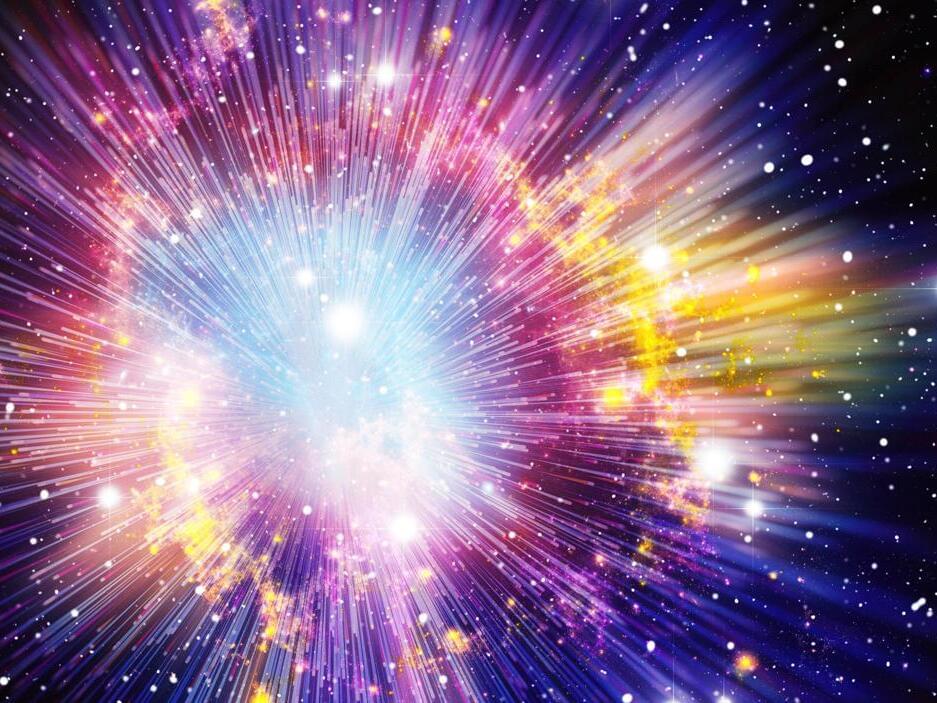The problem is known as the Hubble tension, and it centers around figuring out a number for the universe’s expansion rate, called the Hubble constant. To find it, scientists have pored over tiny fluctuations in the cosmic microwave background (CMB) — an ancient relic of the universe’s first light — and built cosmic distance ladders to remote, pulsating stars called Cepheid variables.
But the best experiments using these two methods disagree. The difference in results may have seemed small, but it was enough to spark a major crisis in cosmology.
Wendy Freedman, an astrophysicist at the University of Chicago, has spent four decades studying the Hubble constant.









Comments are closed.